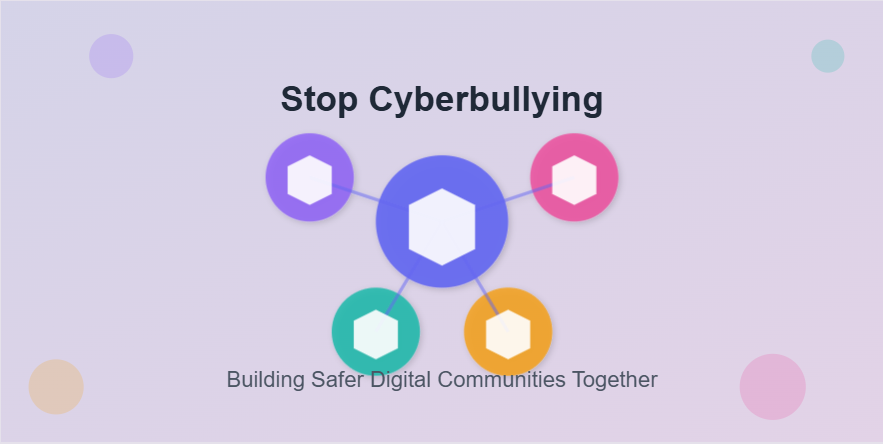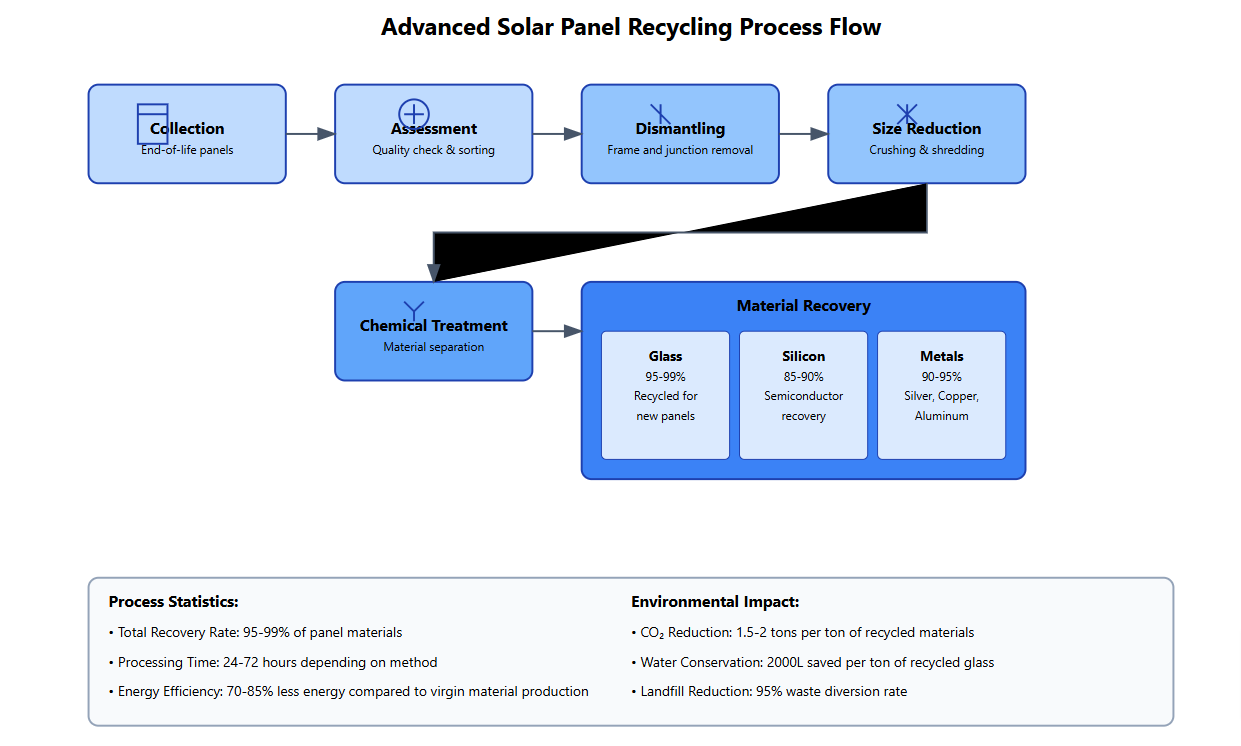What does “next wave” mean in the context of remote work?
To set the scene, “next wave” refers to future trends and innovations expected to significantly impact how we work remotely. It is not just an evolution or expansion of existing practices but a groundbreaking shift with transformative potential.
This term captures the exciting advancements and emerging technologies shaping the remote work landscape, such as virtual reality collaboration, advanced automation, AI-assisted decision-making, and real-time language translation. The next wave promises to bridge geographical barriers, blur industry lines, and redefine productivity while enabling greater flexibility and autonomy.
How do emerging trends and technologies shape the future of remote work?
Remote work adapts to emerging trends and technologies like a chameleon blending into its environment. Imagine a kaleidoscope of innovations refracting the remote work landscape: Virtual reality offices where employees meet in immersive spaces, robots handling routine tasks to free human creativity, and neural interfaces enabling real-time collaboration by exchanging thoughts.
The Internet of Things enables seamless device communication, making work more efficient and mobile. You could work at the beach while powering through emails on your connected laptop. AI algorithms analyze data to deliver personalized productivity suggestions, serving as professional “fairies” granting wishes in a magical office setting.
Do remote work trends not remind you of an ever-evolving symphony? Each trend adds its melody, making remote work more harmonious and enriching. As new notes are introduced, fresh possibilities emerge for productivity, connectivity, and flexibility.
Remote working vs. office-based jobs — key differences, pros, and cons?
Now, let’s explore the differences between remote working and office-based jobs, their distinct characteristics catering to different work styles and preferences.
Remote work allows flexibility, as you can work from anywhere without a physical office or commute. However, separating work and personal life may be challenging, and collaboration might be more complex without face-to-face interactions.
An office-based job provides a consistent routine and structure. A set workplace can help create focus, but you’re reliant on set working hours, which could limit personal freedom. Longer commutes can eat up time and energy, costing work-life balance.
In terms of productivity, remote working might offer fewer interruptions and distractions. Conversely, an office setting may provide more opportunities for collaboration and brainstorming.
Consider the job’s nature. Some roles require frequent face-to-face interaction, arguing for an office environment. Others might thrive on remote work’s freedom.
Office jobs may offer more substantial technological infrastructure, while remote workers rely on personal technology and internet connections.
Ultimately, choose between remote work and an office job based on your individual needs and preferences for flexibility, collaboration, or structure.
What are the most significant technological advancements changing remote work?
Let’s explore some game-changers set to redefine remote work:
Virtual reality (VR) and augmented reality (AR) blur the line between physical and digital worlds, enabling remote teams to collaborate and brainstorm in shared virtual spaces.
AI and machine learning enable computers to learn from data, identify patterns, and make decisions with minimal human intervention. Remote teams can automate workflows and use smarter tools for repetitive tasks, freeing employees to focus on creativity and problem-solving.
Quantum computing harnesses qubits’ power, allowing faster and more efficient computational abilities than classical computers. Remote teams can process vast data quickly, unlocking new insights and capabilities.
5G and beyond networks provide faster internet speeds, lower latency, and uninterrupted connections. Remote teams can work seamlessly from anywhere, with high-definition video conferencing, instant data sharing, and real-time collaboration.
These advancements will make remote work more interactive, efficient, and accessible than ever before.
How can organizations effectively manage a distributed team of remote workers?
Managing a distributed remote team is like conducting an orchestra where each musician plays in a soundproof chamber. Organizations must provide clear direction, set expectations, and foster open communication channels to ensure everyone stays on tempo and in tune.
Without physical cues and water cooler chats, organizations must prioritize building camaraderie and team cohesion. They can use digital project management tools or communication platforms to keep the team aligned, productive, and engaged.
Well-crafted goals, guidelines, and feedback ensure everyone knows their part. And just as live performances require adjustments based on audience reactions or instrumental nuances, remote team management must be adaptable to the ever-evolving work landscape.
Which strategies and tools should individuals adopt to thrive in the next wave of remote work?
Here are some proven strategies and tools to help individuals adapt and excel:
Establish a dedicated workspace. Creating an efficient home office with a comfortable chair, adequate lighting, and a quiet space is essential.
Prioritize communication. Master video conferencing software, instant messaging apps, or collaborative platforms to streamline remote teamwork and foster effective collaboration.
Set personal boundaries. Establish routines for work hours, breaks, meals, and personal time to maintain a healthy balance and minimize burnout.
Embrace technology. Leverage tools like VPNs, password managers, project management software, scheduling apps, email filters, or time tracking software to streamline your digital life and increase efficiency.
Develop essential skills. Keep up with current trends through continuous learning resources like online courses, webinars, or professional networks to stay informed and competitive.
Cultivate a growth mindset. Embrace the unknown, practice resilience, and adapt to new circumstances with an open mind and a positive outlook.
By applying these strategies and tools, individuals can not only survive but excel in the new era of remote work.
Don’t miss out on the future of work, where time and location don’t limit your productivity. Remote work is not just an option anymore; it’s a new way of life. You’ve got the power to make a difference in your career and even the world.
Take small steps with every post, article, or project, and you’ll soon see how easily and naturally remote work will become second nature. You’ve got the power to amaze with your newfound abilities. Let’s get started!











Pingback: Everyone Is Sick Of Dating Apps So They're Turning To 'Friendship Apps' - Esbecgroup
Pingback: AO Arena Negotiating to Host Rescheduled Co-op Live Shows - Including Two Major Acts - Esbecgroup
Модные заметки по созданию превосходных образов на любой день.
Мнения профессионалов, события, все показы и мероприятия.
https://moismi.ru/info/704-kak-otlichit-originalnuyu-veshch-balmain-ot-poddelki-osnovnye-sovety/
Awsome post and straight to the point. I don’t know if this is actually the best place to ask but do you guys have any ideea where
to get some professional writers? Thanks in advance 🙂 Lista escape room
Pingback: 5G Technology: Revolutionizing Connectivity and Transforming Industries - Esbecgroup
Pingback: The Gig Economy - Esbecgroup
Pingback: Sustainable Living - Esbecgroup